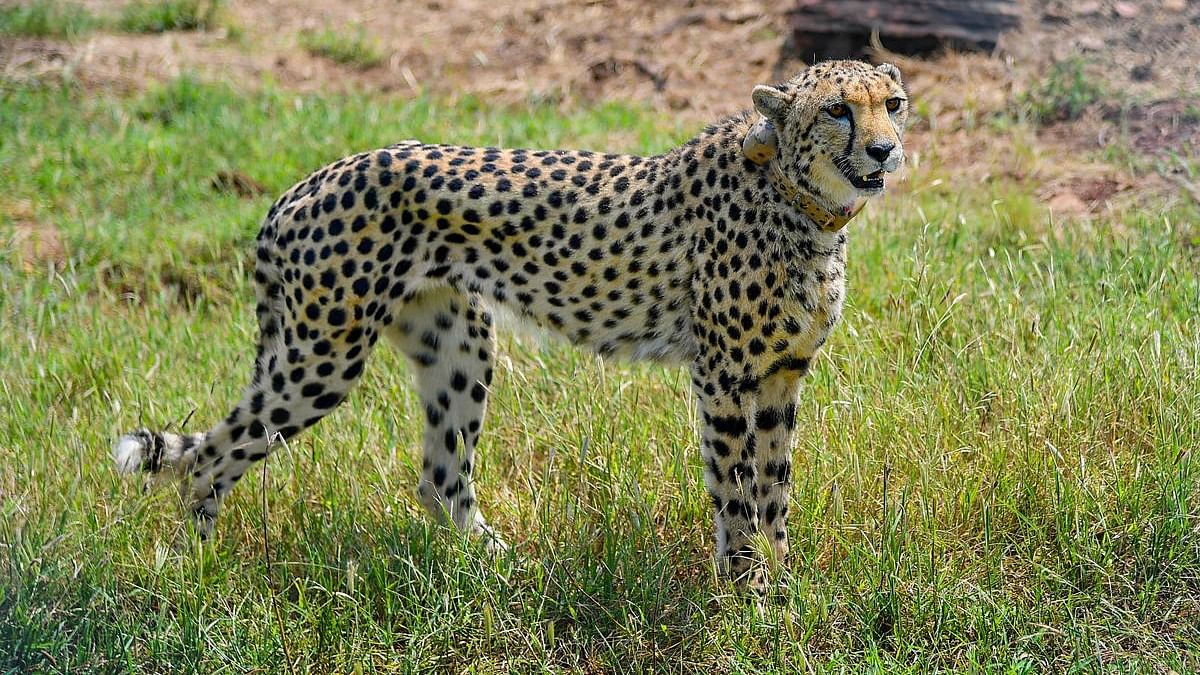
Eight cheetahs from Namibia landed in India on Saturday, as part of the programme to reintroduce the feline in India seven decades after it was declared extinct in the country.
Prime Minister Narendra Modi presided over the release at Kuno National Park, a wildlife sanctuary 320 kilometres south of New Delhi selected for its abundant prey and grasslands.
"Today the cheetah has returned to the soil of India," Modi said in a video address after their arrival, which coincided with the leader's 72nd birthday.
"The nature loving consciousness of India has also awakened with full force," he added. "We must not allow our efforts to fail."
Here's why the Kuno National Park was chosen as the site to release the cheetahs:
Suitable climatic conditions
Based on the assessments of Wildlife Institute of India and Wildlife Trust of India, the Kuno National Park was found suitable for the cheetahs due to its climatic condition and vegetation.
The cheetahs, used to the African savanna, should have little trouble getting used to Kuno as the national park consists of, among other things such as a riverine forest, a dry savanna forest.
No human settlements
Kuno National Park is one of the few wildlife sites in the country with absolutely no human settlements in the region or immediate vicinity. This was achieved between 1998 and 2003, when villages within the former sanctuary were relocated in order to make land available for a project to expand the Asiatic Lion's habitat beyond Gujarat's Gir forest - though that project never took off.
Potential of coexistence of predators
Kuno National Park was initially envisioned to house a second habitat for India's Asiatic lions, and while the project never took off, it has the potential to be home to other predators with enough land area available to ensure that co-existence is possible.
The park has a large number of leopards and other predators like the Indian wolf and sloth bears, sparking concerns of territorial fights between them and the cheetahs, it is believed that they can coexist peacefully if enough prey base is available.
A government estimate says that the national park can house as many as 21 cheetahs at present and, if necessary efforts are made and the prey base is maintained, it can potentially hold 36 of them.